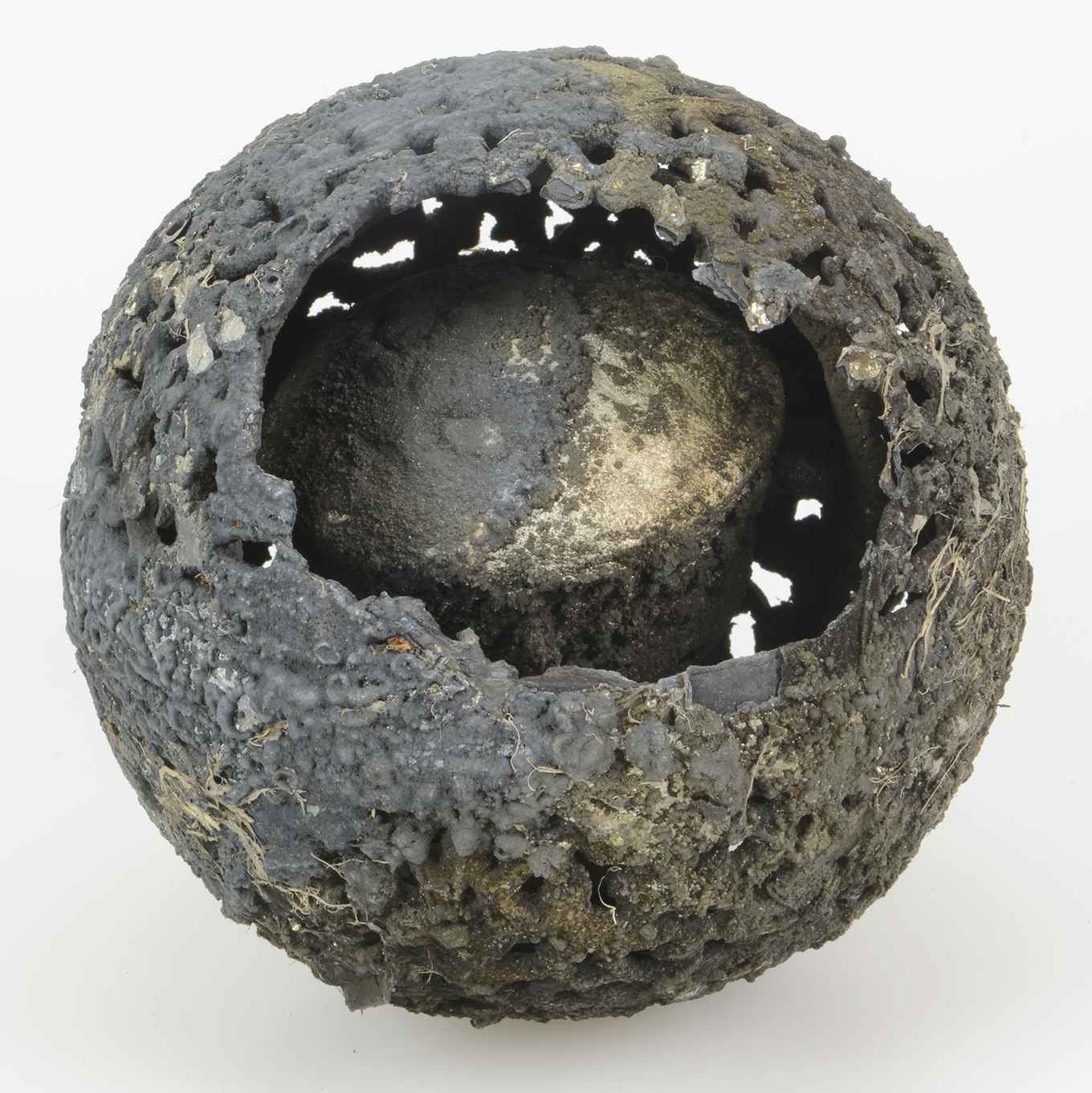AMOR
Archaeological Metal Surface Research
Aim of the project
Archaeological metal contains a wealth of information, especially on the historical context. In particular the surface, where surface decoration and gilding are located, is important. This knowledge ultimately helps us to better understand the culture of our ancestors. But that same surface is subject to degradation, and abrasive preservation treatments such as polishing can have a negative effect on the legibility of the metal. This is why it is important that relevant information about the object and its context is not lost after excavation. This project investigates the best way to extract information from archaeological precious metals before it is lost due to degradation and / or preservation treatments.
A unique find
The finds from the Palmwood wreck contains a unique group of precious metal objects. These probably belong to a virtually intact personal ensemble from the seventeenth century, probably unique, without known historical parallels. The objects are also interesting from an art-technological point of view, because of their almost unpolished state. Research into these precious objects provides a better understanding of the objects, also in connection with the other finds from the wreck. The focus of the present research is mainly on the steps that can be taken to extract relevant information as optimally as possible, whereby a selection of state-of-the-art analytical techniques will be applied. The applied method of research will lead to an improved research and conservation strategy for precious metal post-excavation. This research will lead to the development of an interdisciplinary, innovative strategy after excavation, which is of importance for those involved with handling archaeological precious metal.

More information
